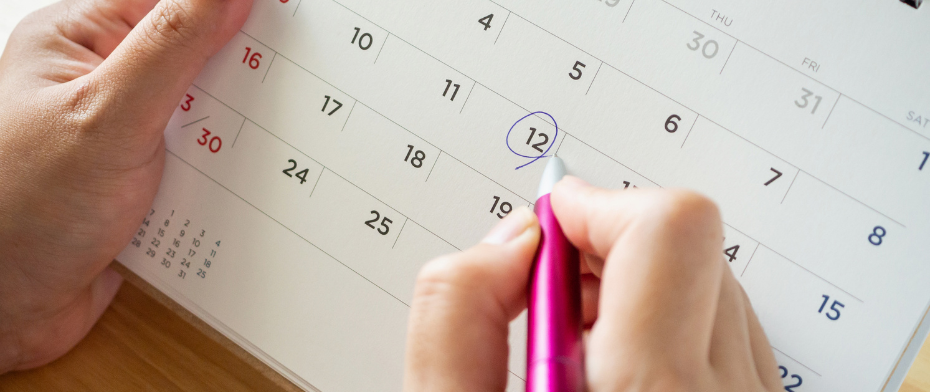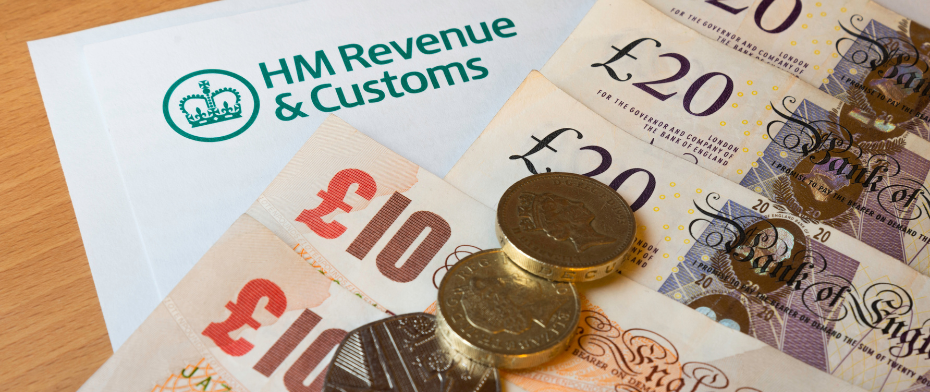Must-Know Tax Refund Tips!
- TBA
- Feb 23, 2024
- 5 min read
Updated: Mar 11
Sometimes, we may find ourselves using our own funds in order to purchase things that are necessary for our work, such as buying a computer. We may even sometimes need to use a personal vehicle for work, or hire professional services such as uniform cleaning. We also know that employers do not always reimburse these expenses.
Did you know that you could reduce the tax you pay on these expenses?
So, what sort of expenses qualify for tax relief?
If you are using personal funds to purchase goods and/or services that used solely for work purposes, you can claim tax relief for your job expenses. This includes:
Cleaning, replacing, or repairing your uniform/professional attire. Here, uniform refers to attire that indicates your profession, such as nurse or police uniforms, safety boots
Repairing or replacing small tools, such as drills or scissors
Professional subscription fees or expenses
Travel and living expenses related to work, but typically not expenses related to ordinary commuting. Ordinary commuting refers to the round-trip expenses from home to the workplace, and only itinerant workers or those traveling to temporary workplaces can apply for tax refunds
If you use a private vehicle for work, you can apply for tax relief for ‘mileage used’
Additional expenses incurred when working from home, such as extra gas and electricity costs for the workplace. However, this usually applies only if you are required to work from home – it cannot be a voluntary arrangement
Business telephone expenses
You must be also paying taxes in the tax year you are applying for, so you will receive tax relief for these expenses based on your tax rate. For example, if you spend £60 and are taxed at a rate of 20% that year, the tax relief you can apply for is £12 (£60 at 20%).
1. How far back can I claim tax relief?

Employees can apply for tax relief for the current tax year, as well as the previous four tax years.
This means you have a window of four years to apply for tax relief. Since we are in the 2023/24 tax year, it is possible to backdate tax relief to the 6th April 2019 (tax year 2019/2020) to make your claim.
If you fail to apply within the deadline, you may lose any potential entitlement to a tax refund because the tax year has been closed and is no longer eligible for reclaim.
Therefore, you should compile a list of all expenses for each job you had during the tax relief period. Try to locate any receipts or bank statements to substantiate these expenditures, in case HMRC requests them for review.
If you are eligible for flat-rate relief (e.g. the £6 per week allowance for working from home), you do not need to supply evidence.
Please note that HMRC typically processes tax refund applications on a ‘pay now, check later’ basis. This means they may pay out the tax refund upon receiving your application, even if you are not eligible for the refund. However, if they later determine that your application is ineligible, they can request repayment.
2. Check if your expenses qualify:
Expenses must be incurred ‘wholly, exclusively and necessarily’ – it must be necessary for work purposes
Expenses must be solely for work purposes; if the goods/services purchased is not only for work but also for personal use, it will not be allowed unless the work and personal usage can be separated, and the work proportion calculable and expensed accordingly
Additionally, HMRC’s definition of ‘necessary’ is that the expenses must be applicable to all employees engaged in the same job, not for the specific employee making a claim.
If your employer does reimburse any expenses, you can only claim tax relief if you have not received a full reimbursement.
3. How is the tax relief calculated?
When you submit an application for tax relief, you will not receive the full amount of your expenses from the tax authority. Instead, you’ll only receive tax relief based on your tax rate.
For example, if you’re applying for a standard tax-free amount of £60 for cleaning uniforms at home, and your tax rate is 20%, you’ll receive £12 in tax relief (20% of £60). As mentioned above, since you can go backdate up to four tax years, an employee with a 20% tax rate might receive a cheque worth £48 (£12 for each tax year) for previous years, and adjustments to their tax code for the current and future years.
If your tax refund application is for the current tax year, the tax authority will adjust your tax code, and you should automatically receive the tax relief in your payslip. If your application is for a previous tax year, the tax authority will adjust your tax code accordingly, or provide you with a direct refund by cheque.
You should regularly check your PAYE tax code to see whether any tax relief previously applied is still effective. For example, if you applied for the work from home tax relief allowance in the 2021/22 and 2022/23 tax years, and you discover that you are no longer eligible in the 2023/24 tax year, you should contact HMRC to ensure that the tax code is changed accordingly.
4. How do I apply?
To obtain tax relief, you must submit an application to HMRC.
If you don’t usually need to fill in a tax return, you can apply using Form P87 either online or by post (print version).
You will need detailed information about your employer, including their name, type of business, address, and employer reference number (e.g., 123/AB456 – you can find this on your payslip or P60). If you don’t have an ‘employer industry’ or ‘employee number’, you can write ‘N/A’ or ‘unknown’.
The print-version P87 has space for 5 different tax years/employment positions. You cannot combine expenses for different jobs within the same tax year.
Therefore, if you want to apply for tax relief for the current year and the past four tax years and have been working in the same job throughout, you can fill out all the details on one form. If you want to claim expenses for two different jobs from the past two tax years, you can fill out all the details on one form.
However, if you have expenses for two different jobs that need to be claimed, but need to backdate all four tax years, one form will not have enough space, and you’ll need to fill out an additional form.
5. Receiving your refund

HMRC will usually issue a refund via cheque, or adjust your PAYE taxpayer code.
More information about employment expenses incurred by employees and tax relief/reimbursements can be found on GOV.UK.
